He grew up during the Great Depression. He was a security guard, electrician and farmer and could fix just about anything. He was a good, honest man, one of the Greatest Generation and a US Army Veteran. And he was my dad.
In remembrance of Veterans Day I have transcribed a letter that my dad, Herbert Miller, wrote to his sister and her husband while he was serving his country in Germany during World War II. He volunteered for the draft and ended up serving in the 84th Division, 333rd Company, Army Infantry, also known as the Railsplitters. He was very proud to have been a member of the Railsplitters.
My Aunt Ruth gave me the following letter this past summer. I am grateful that she saved the letter all these years and passed it on to me.
PFC Herbert M. Miller
A.S.N. 35845400
Hq. 84 Div. Post. Sect.
A.P.O. 84. c/o PM. N.Y., N.Y.
30 Oct 1945
Weinheim, Germany
Dear Ruth & Bob,
This letter isn’t going to be very interesting, but you wanted me to tell about some of my experience. I don’t care too much to write or talk about it. I’d rather be friendly with everybody.
I went to Ft. Meade, Md. & from there went to Camp Miles Standish, Mass. on Dec. 11. My co boarded the USS Wakefield- “the old Manhatten” luxury liner. We sailed on the 12th & on the 19th we landed in England. We got on a train right away & rode across England to the channel. On the 21st we crossed the channel & loaded ”LST” to land at Le Harve, & landed the same day. I spent that nite in La Harve. The 22nd & 23rd I spent by riding in box cars across France. On the evening of the 23rd we came to JeVaie[?], France, up along the Belgian border. That nite the Jerries bombed & strafed the town & it was reported that the German spearhead was only 13 miles away.
The next day they issued us 03 because they were out of M-1 rifles. [end of p.1]
That afternoon (Christmas Day) we moved to a Repple Depple just set up in the woods. There they split up the outfit into the different Div. Some went to arm’d Div. But most went to Infantry Div. I went up to the 84th that evening and we came down from Div. To Regt. There I spent the nite. On the 25th I & three of my buddies moved up to third Battalion. On the 26th we were assigned to our companies. I was the only one out of the four of us that went to “l” Co. I joined the Co. at Hotton Belgium. They just came back out of Verdenne & were on a rest. We were shelled every night. Then on New Year’s Eve the order came down for us to dig in around the town. They thought the Jerries were going to attack and we were to be secondary defense. All nite there were tracers & shells coming everywhere. The next evening we moved out & they told us were going to go into the offensive instead of defensive. So we moved into a town that the second armored had taken a couple of hrs. before. We were the front lines & no one was in front of us except Jerries. The next morning we were shelled for about an hour & there was a counter-attack. It didn’t last long, thanks to the second arm’d. Then at 1:00 we moved [end of p.2] out in the attack. It was a little once 7 days until we pulled back to where we could have our first warm meals, warm drinks, dry clothes, or sleep anywhere except in the fox holes. It was a barn full of hay & the best sleep I ever had. We were there 1 ½ days & moved up on line again. There wasn’t anybody in front of the infantry. The tanks were behind us, the engineers. The next attack lasted about 7 days. And another 2 days rest. Then the third attack lasted almost 6 days.
We then went to Holland after the Bulge was licked. We were in Holland 5 days & on a beautiful rest. We had houses to live in & hot water.
Then we started back. Some of the guys started [?] for a lot of us we were going for our first time into Germany. On the third of Feb. we walked to Brachelen & relieved the 102 Div. We were ready & waiting to cross the Ruhr[?]. The Germans blew the dams flooded the valley. We moved back to high ground & waited until the 28th when the 1st Btn. 334 crossed [end of p.3] the Ruhr[?] & 335 followed, then the 333rd regt. & some days later we came to Rheinhausen, across from Essen, Dosenheim[?] & Düsseldorf.
A couple of weeks later we crossed the Rhine in the British Bridgehead. Then we came to the Elbe. All the time from Dec 24 until May 12 we were under shellfire or within range every nite. That stuff is really hard on your nerves.
There is a heck of a lot that I left out & I could write 1000 pages on it but it isn’t worth it.
All we could think about is that as soon as the war is over here & in Japan we’ll go home right away. If a guy knew he’d be here this long he’d have had a different feeling.
Must close,
Love, Herbie
We owe all of our veterans a big Thank You for their service to our country. Remember to thank a veteran this Sunday and think of those that are no longer with us.

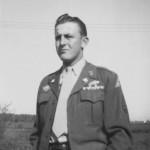
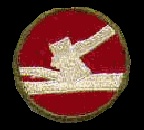
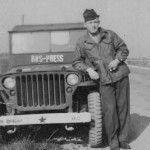
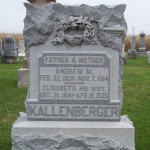
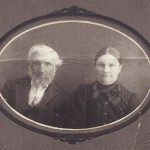




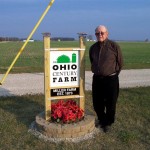

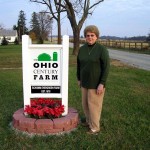
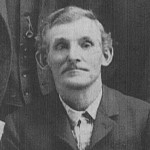
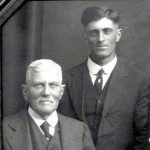
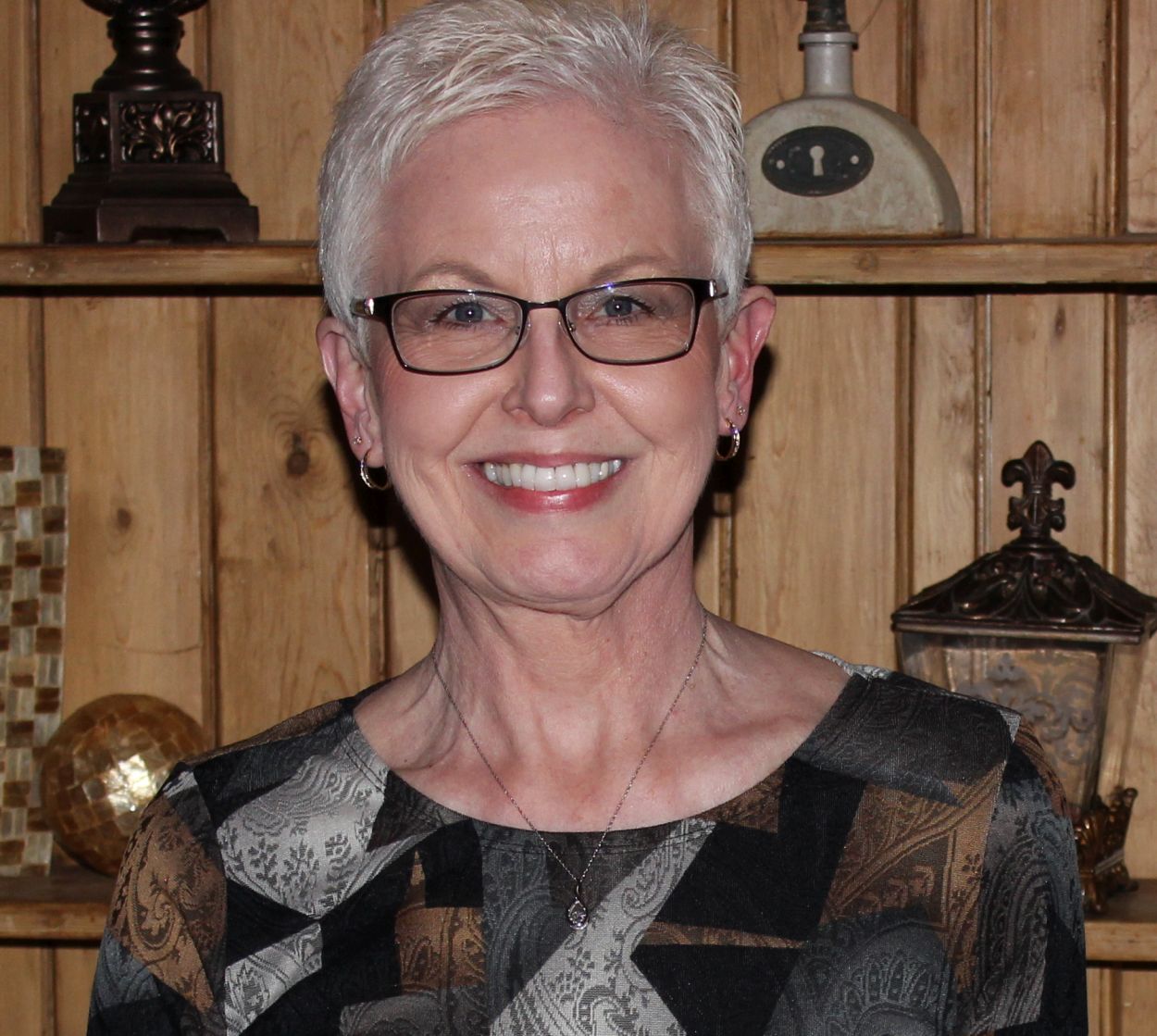
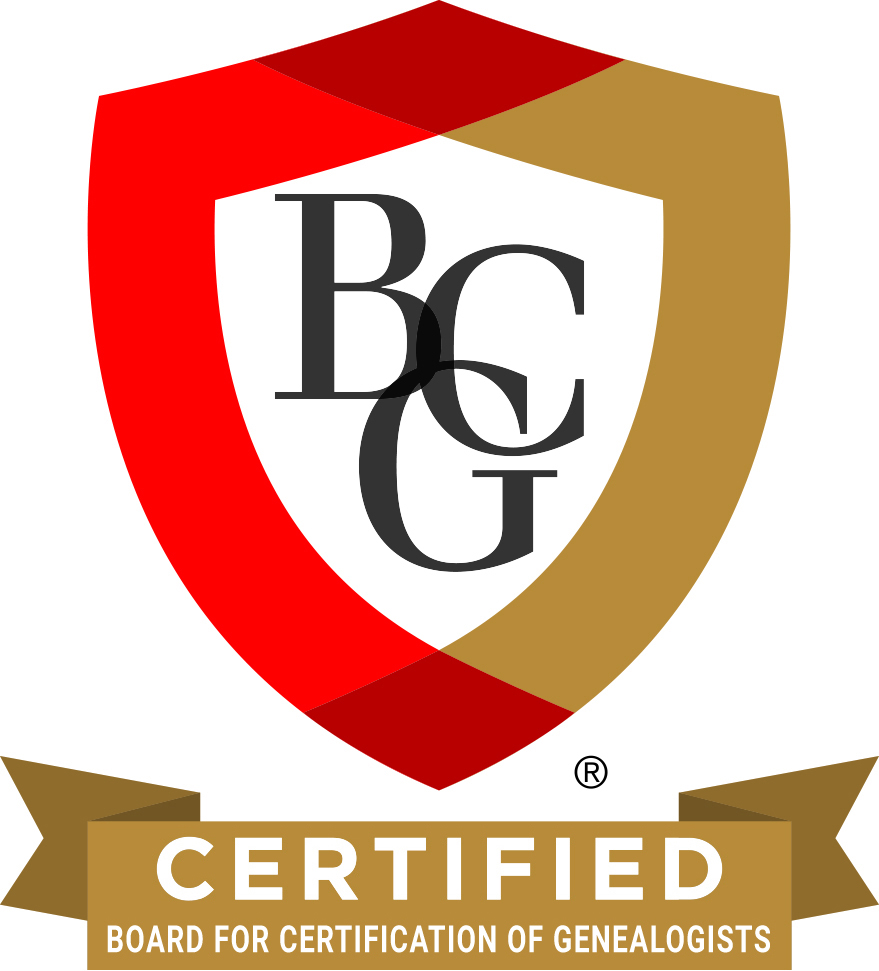
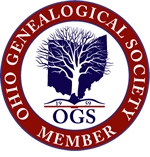

You're welcome, Karen. I'm still working on this also. Thank you so much for all of your wonderful Mercer County…
Very interesting and great picture (I had neersee before) of the church! Thanks for sharing this, Karen.
Ha! I see why you say that. Your original surname was probably something similar to Schmitt.
Thank you for letting me know.
I guess he could have picked a worse name lol, Thanks Karen